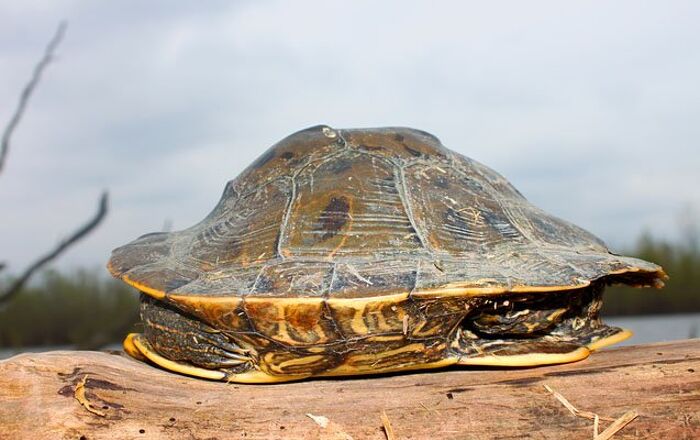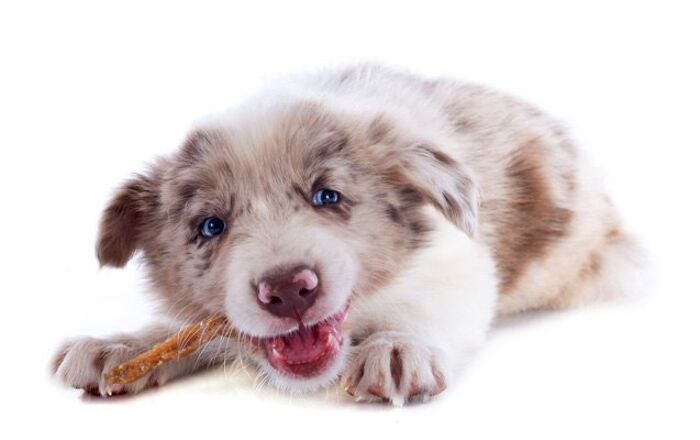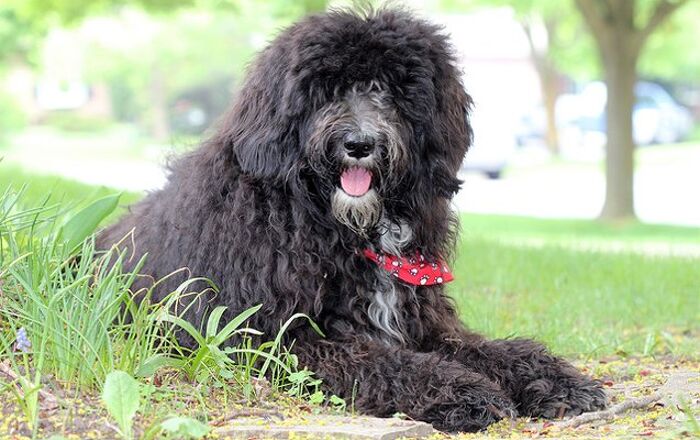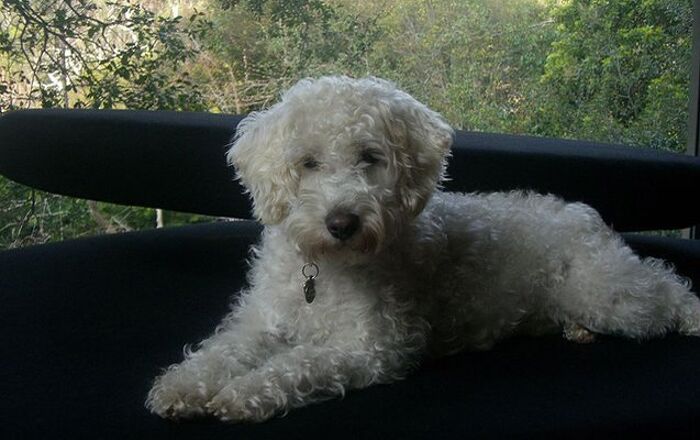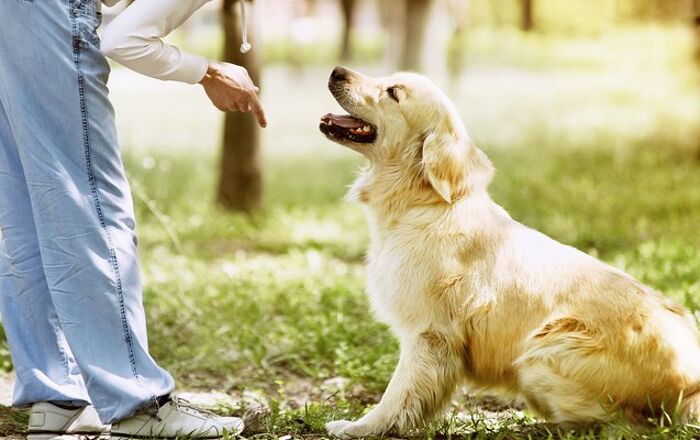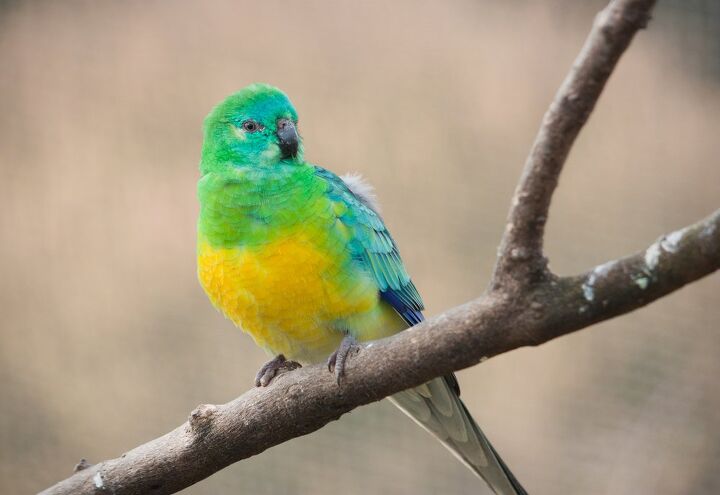
Turquoise Parrot General Info
Besides a lovely personality, these little parrots have a beautiful and colorful appearance that leaves no owner indifferent. Loved as a pet from early 19th century, the Turquoise Parrot is again becoming a very popular choice. Small, playful and gentle, these charismatic birds have a lot to offer and are known as a great pet with unique traits. They are one of Australia’s protected breeds. Finding one on the pet markets should be no problem, and if you do, don’t hesitate – the Turquoise Parrot might just be the pet you’ve always wanted.
The ease of care, lovable temperament and charming looks all make the Turquoise Parrot a wonderful choice for a pet.
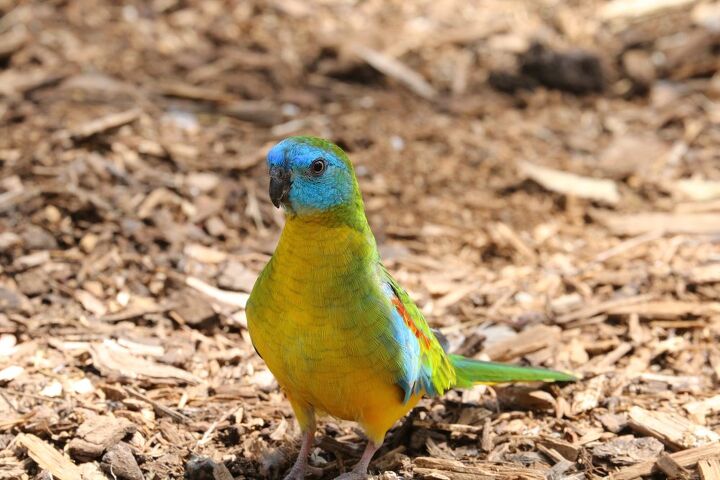
Native Region/Natural Habitat
One of earliest breeds to be spotted by English colonists in Australia, the Turquoise Parrot was first described in 1792. From then on, its story as a pet bird began. They are found natively in the east of Australia, through Queensland and Victoria. Thriving at altitudes of up to 700 meters, they live in grasslands and scrub light woodlands and forest edges. They are one of the so-called grass parakeets, and their flocks are spotted feeding on the ground and in the grasses. They are a breed of least-concern and their numbers in the wild are reaching 20,000 birds.
Overall Description
Similar to the other birds of their family, Turquoise Parrot has some easily distinguished physical traits, mainly the small head and a very long tail. But similarities end there. This breed stands completely apart with its wonderful and unique appearance. The adults reach an average length of 8 inches (20 centimeters) and will weigh on average between a little under 2 ounces (50 grams). One thing to keep in mind when your pet is as small and energetic as the Turquoise Parrot is their need for space. Please ensure a lot of room for their activities, but more importantly an opportunity to fly around the home. This is the central aspect of their nature and they need it to thrive.
Speech and Sounds
Birds that are as small as the grass parakeets, usually have no talent for talking and mimicry. More often than not, that trait is reserved for the big birds. But what they do have are vocal talents – their natural calls are often pleasing to hear, with soft tweets and chirps unique to them. They could be acceptable for an apartment pet, but a house is still the best choice, due to the abundance of room. When they settle in the evening, they will sing in a soft murmuring song. A lovely lullaby of sorts!
Colors
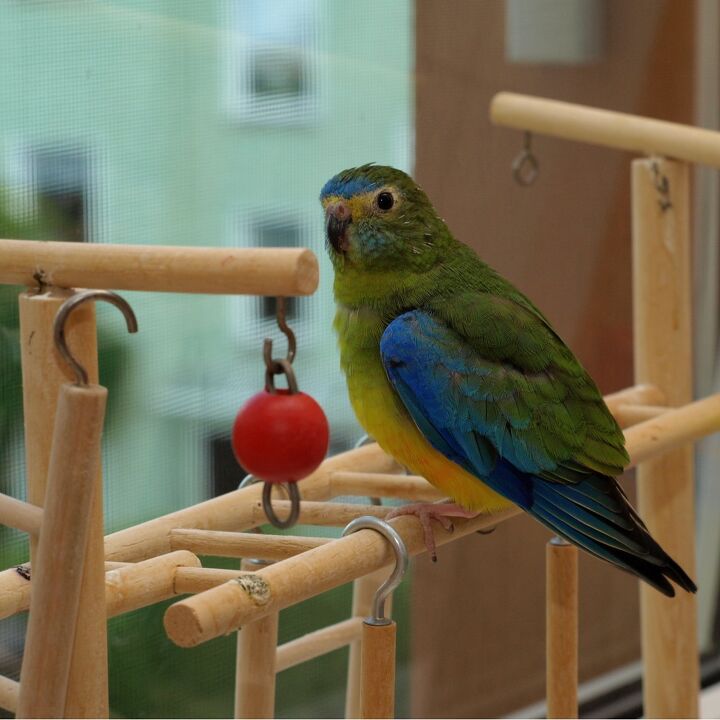
Turquoise Parrot has much more colors to flaunt than their name would suggest. With a lot of different patches and bright hues, they are a real sight. There are very subtle differences between males and females and it takes a good eye to spot them. The body is mostly full of colors, with the back being a dim green, and the chest and belly bright yellow, speckled with orange. The face of the males is bright, sky blue, and that color is repeated on the wing tips. Blue, green and yellow are all mixed in the long tail. The females are similar but with much paler colors and subtler details. However you look at it, these small parrots are certainly big charmers and one of the more unique birds out there.
Several artificial colors have been created over the years in aviculture. The most popular is an all yellow variant.
Care and Feeding
In their natural surroundings, these little parakeets will thrive on a balanced diet of seeds, fruits, insects and grasses. The logical first step when starting your pet’s diet is the commercial seed mix specifically designed for smaller breeds like budgies or other parakeets. These mixes ensure a healthy combination of millet, oats, sunflower seeds, and other similar goodies. In order to provide needed vitamins, you will need to supplement the diet with a reasonable dose of fresh fruits and vegetables, such as oranges, apples, pears, cabbage, and carrots.
Additionally, you should know that every Turquoise Parrot loves to bathe. Provide regular baths and offer small bathing dishes.
Health and Common Conditions
To much surprise, these tiny parrots are tough and hardy. Of course, they had to adapt to life in arid conditions in Australia, so no wonder they became resilient. When given optimal living conditions and basic care, the Turquoise Parrot will be a thriving and healthy pet parrot. As you will quickly notice, their energy and playful behavior are one of the main traits. They need to be taken into account, and a lot of free space provided as an outlet for that spiritedness. Offer daily exercise around the home and outside of the cage.
Keeping these birds together with larger, territorial parrots is not recommended. An injury may occur.
Personality & Behavior
Lively and full of personality, the Turquoise Parrot is quite the pocket-sized charmer. They can deeply bond with their owner, especially when kept from a young, juvenile period, and regularly interacted with. Keep in mind – these are sensitive parrots when it comes to company. You will need to socialize with them regularly to ensure they’re stimulated and happy. The ease of care, lovable temperament and charming looks all make the Turquoise Parrot a wonderful choice for a pet- particularly if you’re a senior or a single.
Photo credit: agalll/Shutterstock; Ondrej Prosicky/Shutterstock; Serylt/Shutterstock



